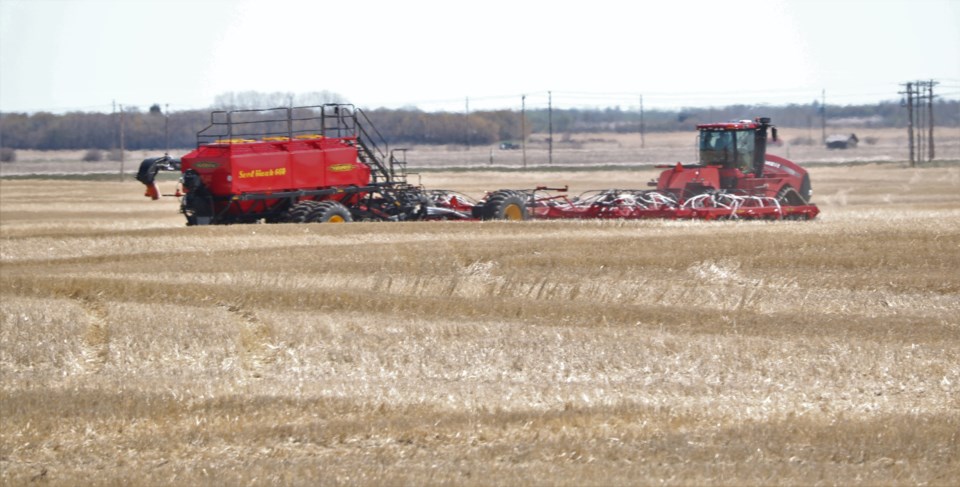YORKTON - It is that time of year when agriculture gets something of optimism for the future of the sector.
That boost in hope for farming’s future comes from the series of research projects being supported with grants – many of those announcements come as a new year dawns.
If you were following all the announcements one might think great advances will occur virtually overnight, but ultimately research by its nature is a slow process, and there will often be unexpected bumps along the way to overcome.
That means developing just a single new variety of a cereal might take years, and if the research is attempting to do something beyond yield, better drought or specific disease resistance as examples – it becomes ‘trickier’, and trickier and will typically take more time.
So research is time consuming, and that equates to generally costly too.
A project requires staff effort and resources over a number of years, and that means annual costs that must be paid on the hope the research succeeds. Not every project started is going to result in something farmers will ever grow or use.
So when the Saskatchewan Pulse Growers (SPG) announces funding for a new pulse-specific research program through the Saskatchewan Ministry of Agriculture’s Strategic Research Initiative (SRI) under the Sustainable Canadian Agriculture Partnership (Sustainable CAP), SPG’s investment of over $670,000 was leveraged for a total investment in pulse root rot research of over $4.4 million, it reads like a lot of money – and it sort of is.
But the project is a five-year one, and as noted research does not guarantee success.
And, even when research delivers something new and positive, there may well be a protracted regulatory process to move through before farmers get to grow or use whatever researchers created.
While the regulatory process is merited in terms of consumer safety, even in terms of what impact something newly developed might have on existing crops, the time element is a factor.
Investors like a positive return as quickly as possible, and research of any kind is simply not quick.
That means a lot of agriculture research is carried out by very large corporations, with very deep pockets financially. It’s good that the work is being done, but such effort does come with a caveat regarding who will own the results of that research – and it most likely will never be farmers.
That’s why government investment remains so important, the public have a role in research funding through federal and provincial government grants.
Seeing news recently that 29 crop science projects from researchers at the University of Saskatchewan (USask) have received a total of close to $7.5 million from the Governments of Canada and Saskatchewan and more than $2.5 million in co-funding from industry partners, is a good thing.
Whether it’s enough remains a question of course, but at least public dollars are being invested in the future of the sector that feeds us, and that’s a generally positive thing.






